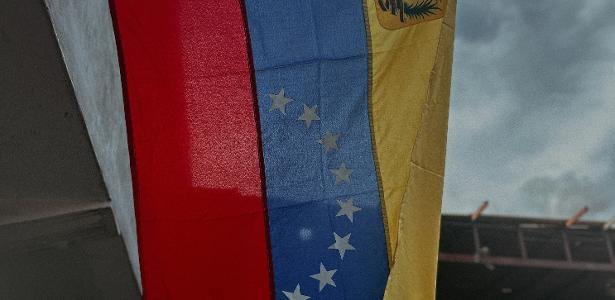Published on 08/23/2022 19:40
Scientists are beginning to unravel the arrow of time, a concept of the second law of thermodynamics – (credit: David/Pixabay)
flow method time Living things are a mystery to scientists, but a new study led by researchers in New York has taken a major step toward unraveling the process that arises through microscopic interactions, which make up the so-called “arrow of time.”
Through an experiment with salamanders, the researchers were able to disentangle the construction of time and observe how microscopic interactions occur. The study was conducted by the Graduate Center for Theoretical Sciences at the City University of New York and was published last Monday (22/8) in the journal. physical review messages.
To understand the scientists’ discovery, they stated in the study report that they followed science’s understanding of the arrow of time. It is the concept of the second law of ThermodynamicsHis principle is that the microscopic interactions of physical systems move from order to disorder.
This logic is, in fact, the explanation for which the time of the universe moves only forward, with no chance of returning to the past. Planets, galaxies, and all the elements that live in them go into a chaotic state, moving from the current order to the disorder of the future. That’s why humans understand that time only flows forward.
“The two questions our team asked were: If we look at a particular system, will we be able to determine the strength of its temporal arrow? And will we be able to see how it emerges from the microscopic scale, where cells and neurons interact, with the entire system?” explained Christopher Lane, first author for the research paper and a postdoctoral fellow at the center.
Then the researchers went after the answers. The idea was to capture a visualization of time and how it was built. What they understood was that this cognition is a consequence of neural functions, and therefore, the study focused on providing stimuli for an organism to analyze potential interactions of neurons.
Salamander was chosen for this position. The experiment was conducted by observing the response of the animals’ neurons when their retina was exposed to two types of video recordings. The first is of a single object moving in random directions across the screen and the other with a normal normal setting recording.
From the moment they captured the screen’s motions, the researchers were able to observe the microscopic interactions of neurons and understand that the arrow of time travels from simple interactions between them—not in a complex or larger mechanism. .
In addition, the scientists observed that the firing of neurons and the consequent arrow of time in the salamander were greater when the animals noticed the sight of the random object. This shows that the second law of thermodynamics is more straightforward, because tracing an object extending to different places is more chaotic than arranging a landscape than nature.
Researchers have pointed to this latest discovery as a way to understand how our perception of time aligns with the outside world. “These findings may be of particular interest to neuroscience researchers,” Lin said. “They can, for example, lead to answers about whether the arrow of time works differently in neural pattern brains,” he says.

“Incurable thinker. Food aficionado. Subtly charming alcohol scholar. Pop culture advocate.”







More Stories
WhatsApp is testing an option to share friends’ statuses
The Brazilian, who is traumatized by his always breaking cell phone, decided to improvise and create his own “ultra-resistant case”.
Asteroid Bennu, a survivor of the ocean world’s crust